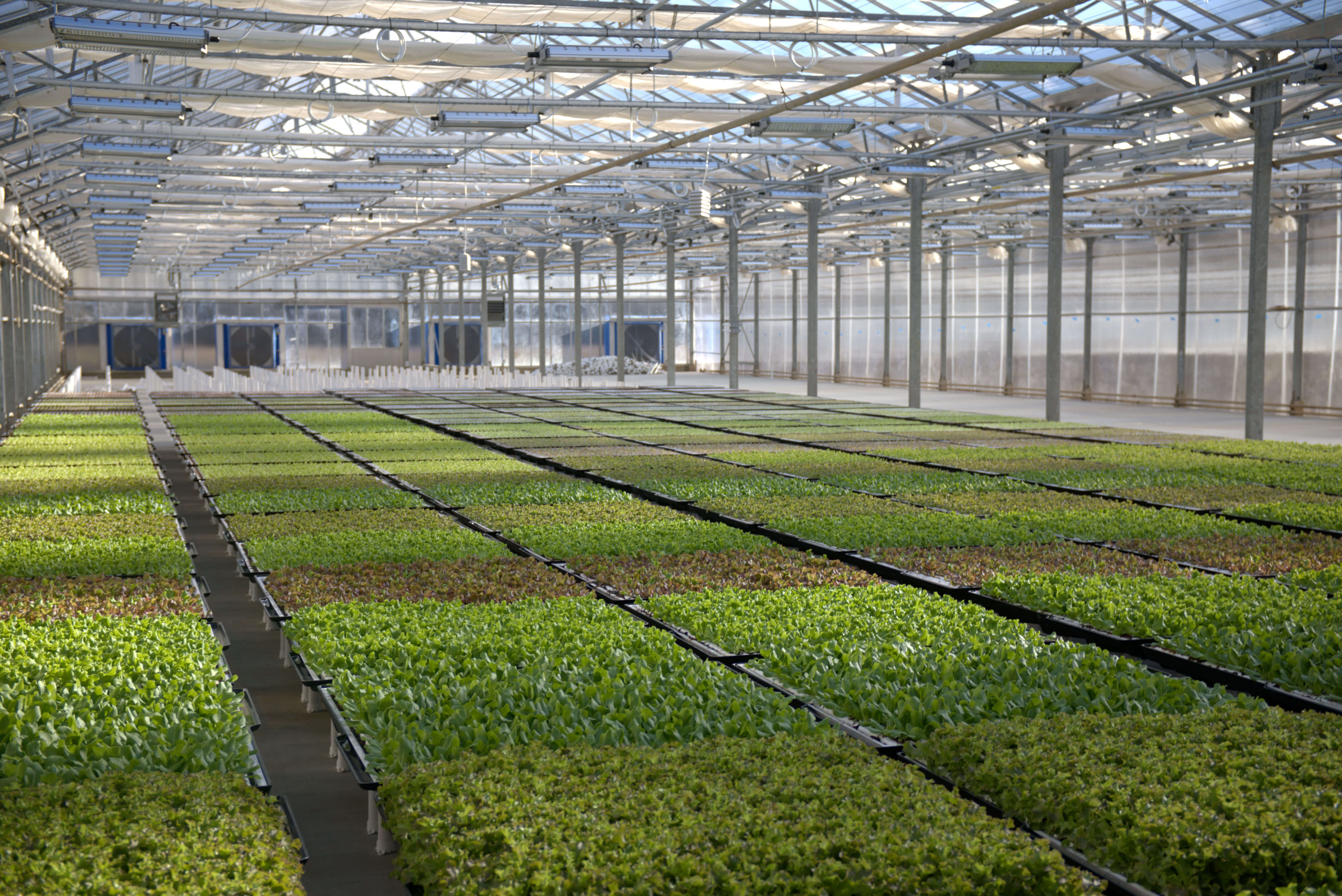Help us innovate climate technology
We’re searching for mission-driven and forward-thinking climate technology entrepreneurs to help us reach net-zero.

The Climate Pledge Fund is a corporate venture program that invests in companies accelerating Amazon’s path to meeting the commitments of The Climate Pledge.

Sector focus
We’re looking for companies of various sizes, from startups to well-established enterprises, developing solutions that will help Amazon and others decrease the overall cost of decarbonization.

For 45% of countries transport is the largest source of energy related emissions. For the rest of the countries, it is the second largest source. (Source: un.org)

Electric power generates the second largest share of greenhouse gas emissions. Approximately 60% of our electricity comes from burning fossil fuels, mostly coal and natural gas. (Source: un.org)

The operations of buildings account for 30% of global final energy consumption and 26% of global energy-related emissions. (Source: IEA – International Energy Agency )

One-fifth of the world’s carbon emissions comes from the manufacturing and production sectors consuming 54% of the world’s energy sources. (Source: The World Economic Forum )

The way we live now is using 60% more resources than the Earth can provide and creating too much waste. In a circular economy, things are made and consumed in a way that minimizes our use of the world’s resources, cuts waste, and reduces carbon emissions. (Source: weforum.org)

Without intervention, food system emissions will likely increase by up to 40% by 2050. (Source: un.org)

The world needs to remove roughly 1 trillion tons of carbon dioxide from the atmosphere over the course of this century to keep global warming below the 1.5° Celsius limit set by the Paris Agreement. (Source: IPCC.com)

Only 0.5% of water on Earth is useable and available freshwater – and climate change is dangerously affecting that supply. Over the past 20 years, terrestrial water storage – including soil moisture, snow and ice – has dropped at a rate of 1 cm per year, with major ramifications for water security. (Source: unwater.org)

Rotate screen